DIY Decor: How to Make Your Own Wall Art
In a world where personalization reigns supreme, the walls of your home should speak to your unique taste, artistry, and story. DIY wall art offers the perfect canvas for expressing your individuality and creativity. Whether you want to fill an empty space or create a statement piece, the possibilities are endless. From simple paint techniques to comprehensive canvas projects, this guide will provide you with innovative ideas to transform your living space on a budget. So, gather your supplies, unleash your inner artist, and let’s embark on a journey to create stunning wall art that is uniquely yours.
Exploring Large Canvas Art Ideas
When it comes to making a bold statement, large canvas art is the ultimate choice. These pieces not only serve as a dramatic focal point in a room but also have the power to transform entire spaces. One of the easy ways to create large-scale art is by experimenting with bold colors and geometric patterns. Use tape to outline designs on the canvas, then fill them in with your chosen shades of paint. For a softer, more ethereal look, try your hand at watercolors, allowing the colors to blend and bleed naturally. If you’re aiming for a more abstract artwork, consider using fluid acrylics. This technique involves pouring paint onto the canvas and manipulating it to achieve stunning effects. The result is a mesmerizing piece rich in color and texture, perfect for any modern home. For those seeking a touch of nature, creating a botanical-themed piece can be both rewarding and visually pleasing. Use leaves, flowers, or even branches to create imprints or patterns. This method not only brings a bit of the outdoors inside but also adds a personal touch to your decor. Credit yourself as the artist and let visitors admire your handiwork. Ultimately, the goal is to make something that resonates with you and fills your home with warmth and personality.
Framing Your Artistic Vision
The way we frame our art can dramatically impact how it’s perceived. A well-chosen frame not only enhances the artwork but also ties into the overall decor of the room. Consider using rustic wood for a vintage feel or sleek metal for a contemporary edge. If framing sounds daunting, creating a “frameless” look with a gallery wrap might be the way to go. This involves stretching the canvas around the edges, giving it a finished look without the need for a traditional frame. DIY enthusiasts can take this a step further by crafting their own frames. Use reclaimed wood or customize a store-bought frame with paint or stain for an added personal touch. Another option is to employ unconventional materials as frames. Think driftwood, branches, or even white piping to add an element of surprise and artistic flair. For those with a penchant for photography, why not create a wall collage? Print your favorite snapshots and arrange them in an eye-catching pattern. Use clipboards, washi tape, or even binder clips for a dynamic display that can be easily updated or personalized. In essence, the way you choose to frame your art adds another layer of creativity and personal expression to your space.
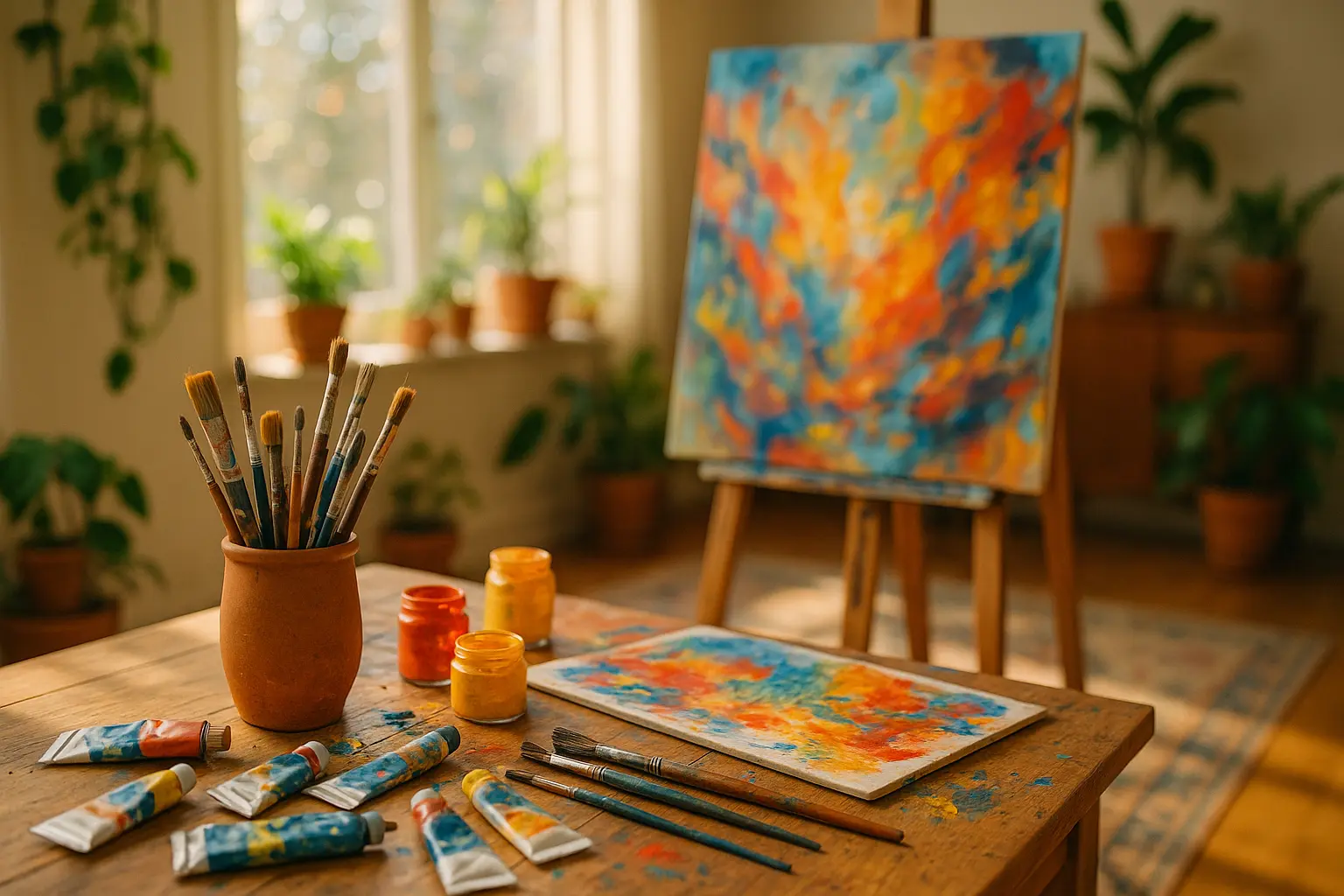
Innovative DIY Art Ideas on a Budget
Crafting art doesn’t have to break the bank. With a bit of creativity and resourcefulness, DIY projects can be both stunning and cost-effective. Start by raiding your home for materials—old magazines, fabrics, or even household items can serve as unexpected sources of inspiration. Mixed media art is a versatile approach that allows you to combine different elements into one cohesive artwork. Layer paint, paper, textiles, and found objects to create texture and depth. This technique not only saves money but also promotes sustainability by reusing materials. If you’re looking to make a colorful statement, consider using leftover paints from previous projects. Mix and match hues to create a custom color palette that resonates with your decor. Another budget-friendly option is utilizing nature-inspired elements. Pressed flowers, stones, or even sand can be used to create serene, easy-going pieces that bring a touch of the outdoors inside. Feeling adventurous? Why not engage in a collaborative art project? Invite friends or family to contribute to a communal piece. This not only makes for an enjoyable activity but results in a piece filled with meaning and memories. Ultimately, the key to successful DIY art lies in thinking outside the box and embracing the unexpected.
In the realm of interior design, wall art serves as a bridge between personal expression and home decor. Whether you’re working with a large canvas or a small piece, crafting your own wall art is an empowering and fulfilling process. By leveraging DIY techniques and drawing inspiration from the world around you, you can create pieces that are not only visually stunning but also deeply personal. Remember, your walls tell your story, so let them reflect your unique style and vision. Create your masterpiece, frame it with pride, and let your home become a canvas of creativity and inspiration. The journey to crafting unique, personalized wall art is only beginning, and your canvas eagerly awaits your artistic touch.
FAQ
What are some affordable materials I can use to create my own wall art?
You can utilize materials such as canvas, paper, cardboard, fabric scraps, or even reclaimed wood. Paints, markers, or collage techniques can be employed to add color and texture, while everyday items like string, yarn, or dried flowers offer unique embellishments.
How can I create a cohesive look when designing multiple pieces of wall art for one space?
To achieve consistency, stick to a common color palette or theme. Consider using similar frames or mounting styles. Repeating patterns or motifs across various pieces can also help unify them, creating a harmonious look in your space.
Can I create wall art without any drawing or painting skills?
Absolutely! You can opt for techniques such as decoupage, stenciling, or using adhesive vinyl cut-outs. Other options include creating photo collages, using washi tape for geometric designs, or framing fabric with interesting patterns.
What tips do you have for selecting the right size of wall art for my space?
First, measure the wall space where you intend to hang the art. A good rule of thumb is to ensure the piece covers 60-75% of the wall area. For larger walls, consider creating a gallery wall with several smaller pieces to fill the space. Always maintain a balance with the surrounding decor.
How do I hang my DIY wall art securely and without damaging the walls?
Use adhesive strips designed for wall art to avoid nail holes. For heavier pieces, consider using wall anchors or picture-hanging hooks. Always check the weight limits of the mounting hardware and ensure it’s appropriate for your wall material.
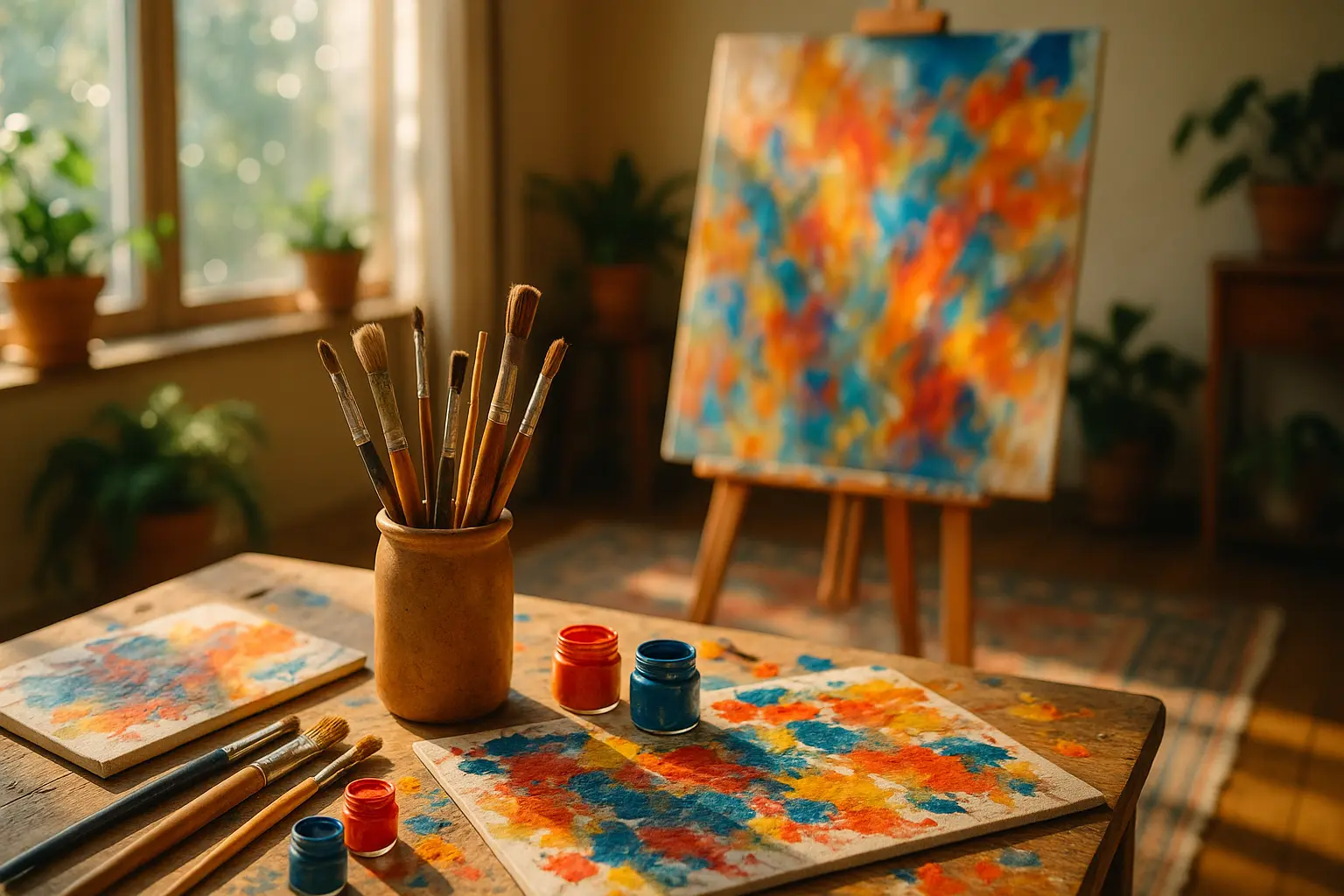
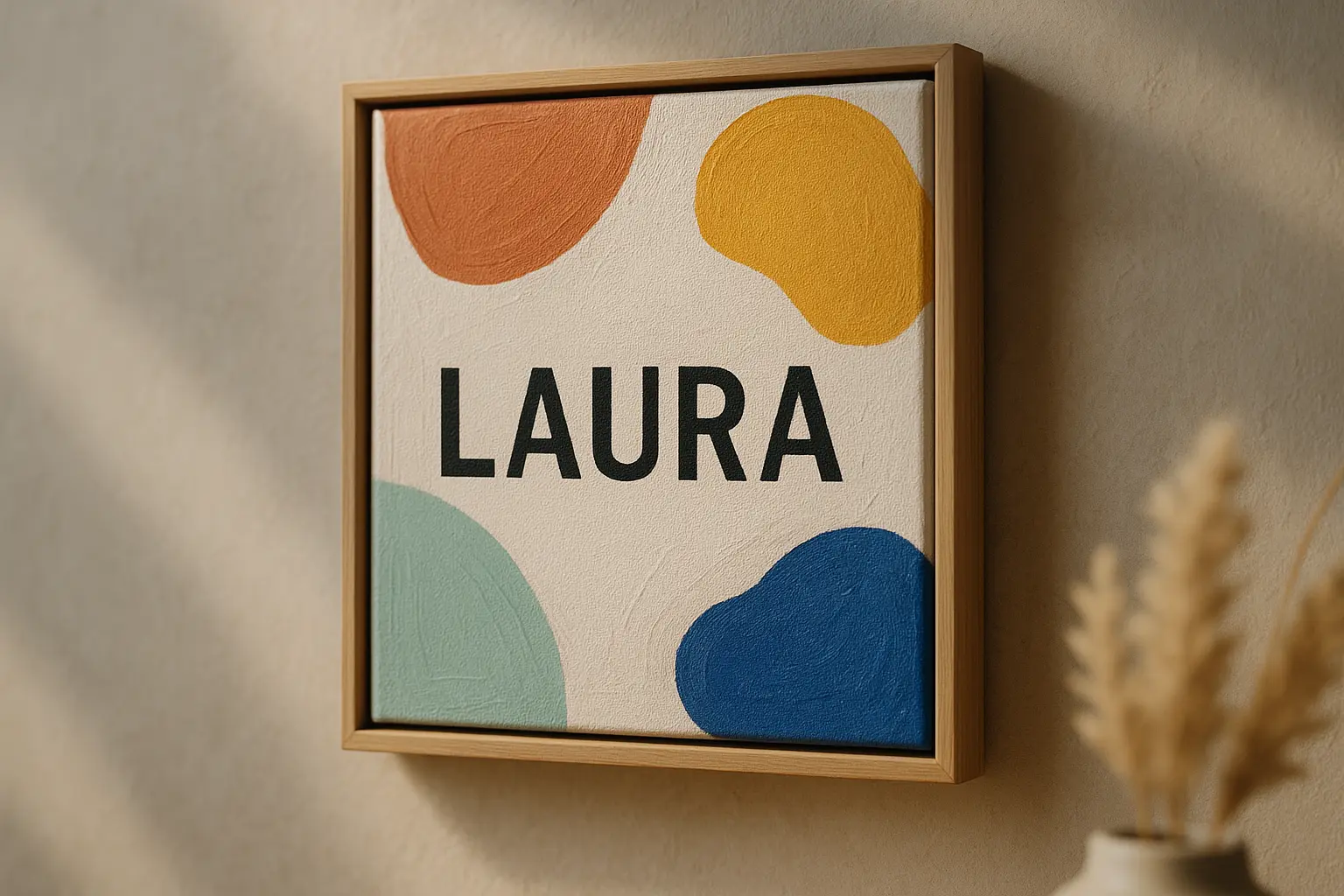

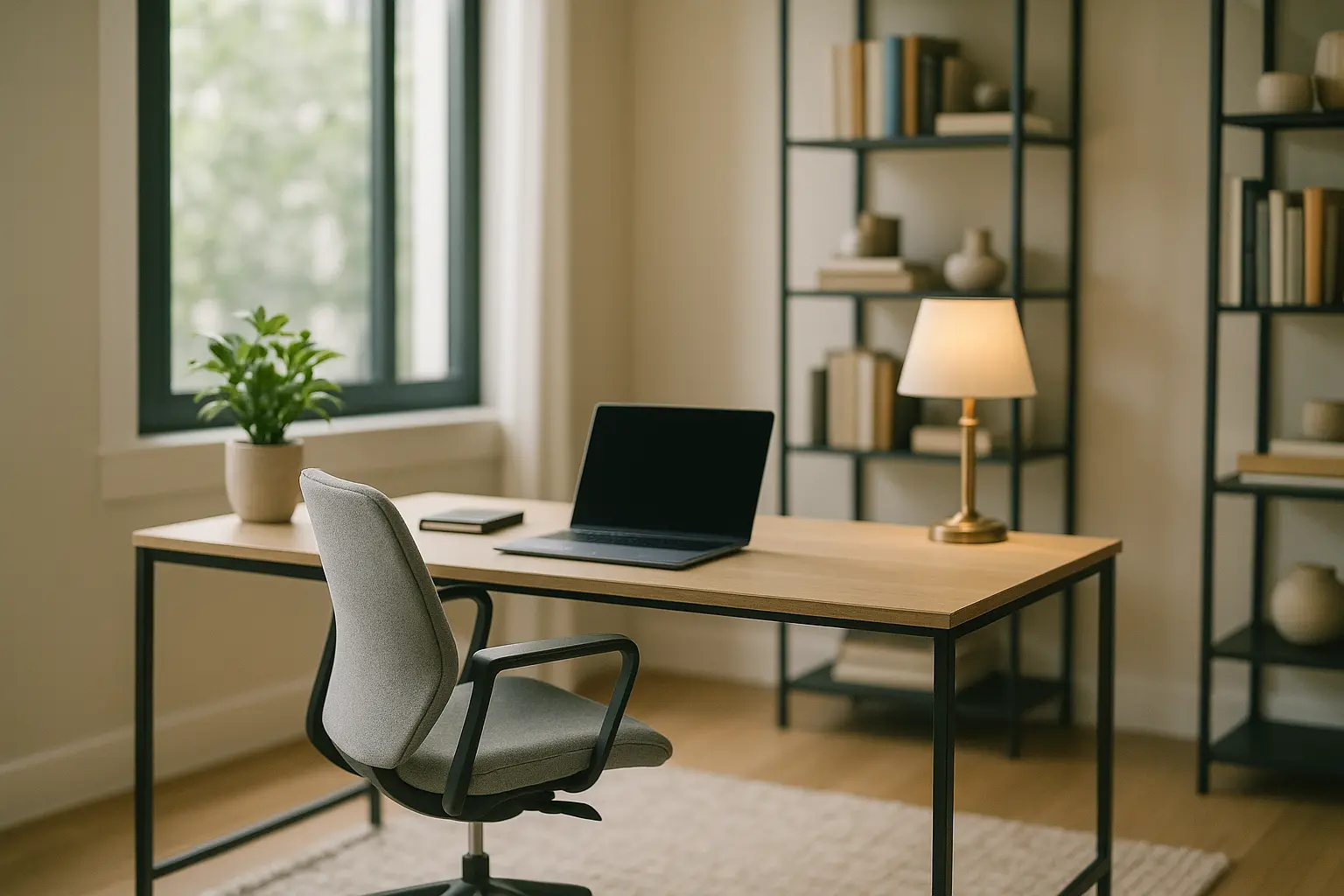
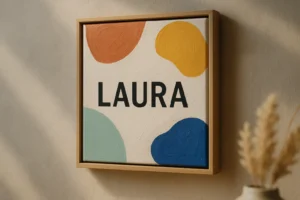

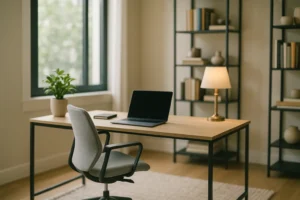

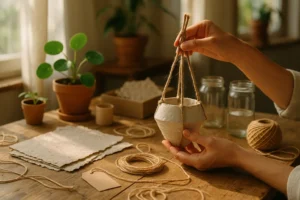

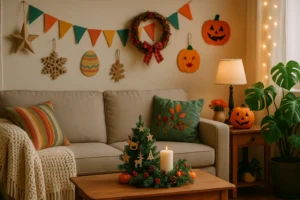

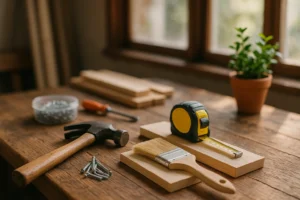
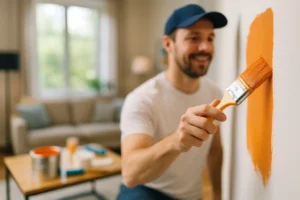
Post Comment